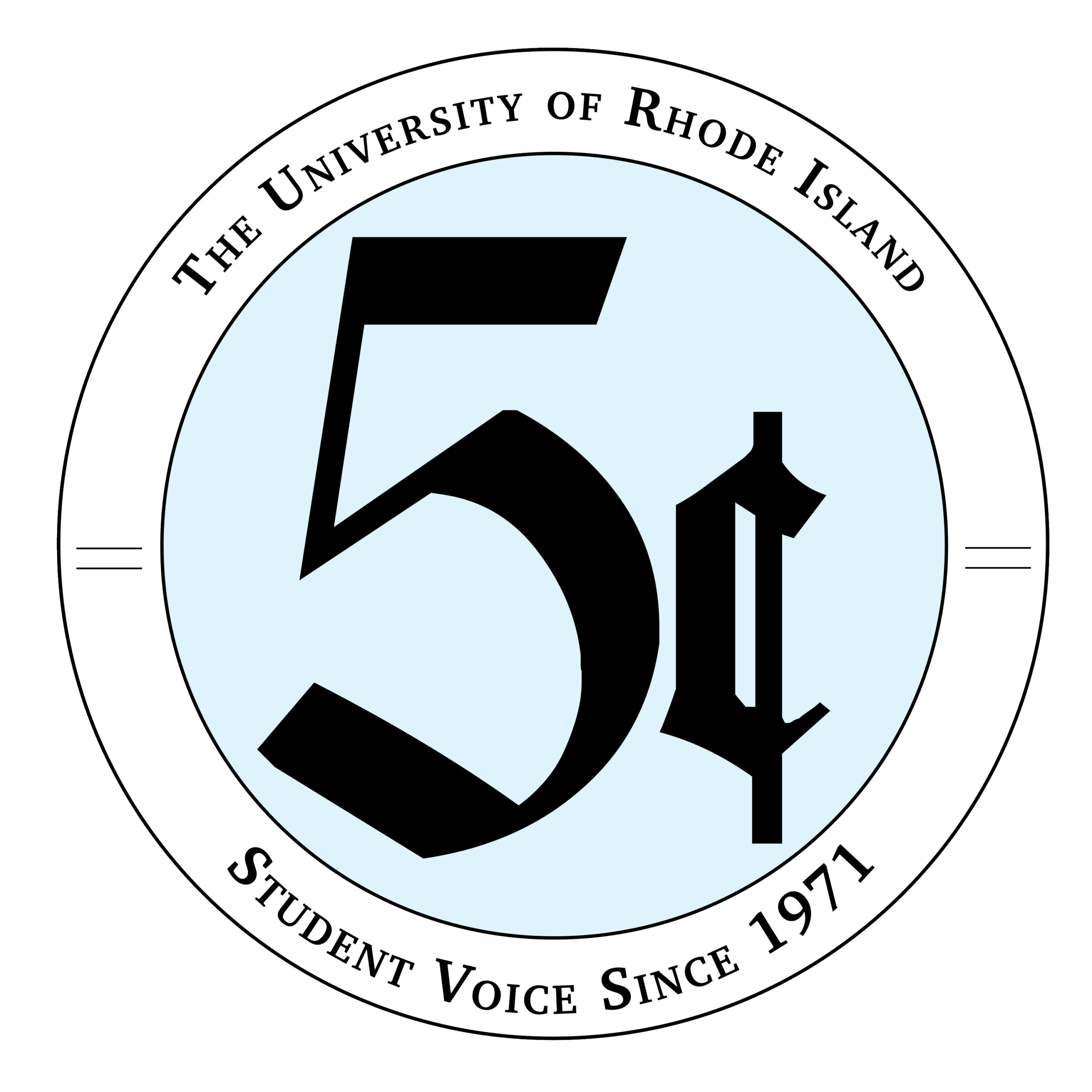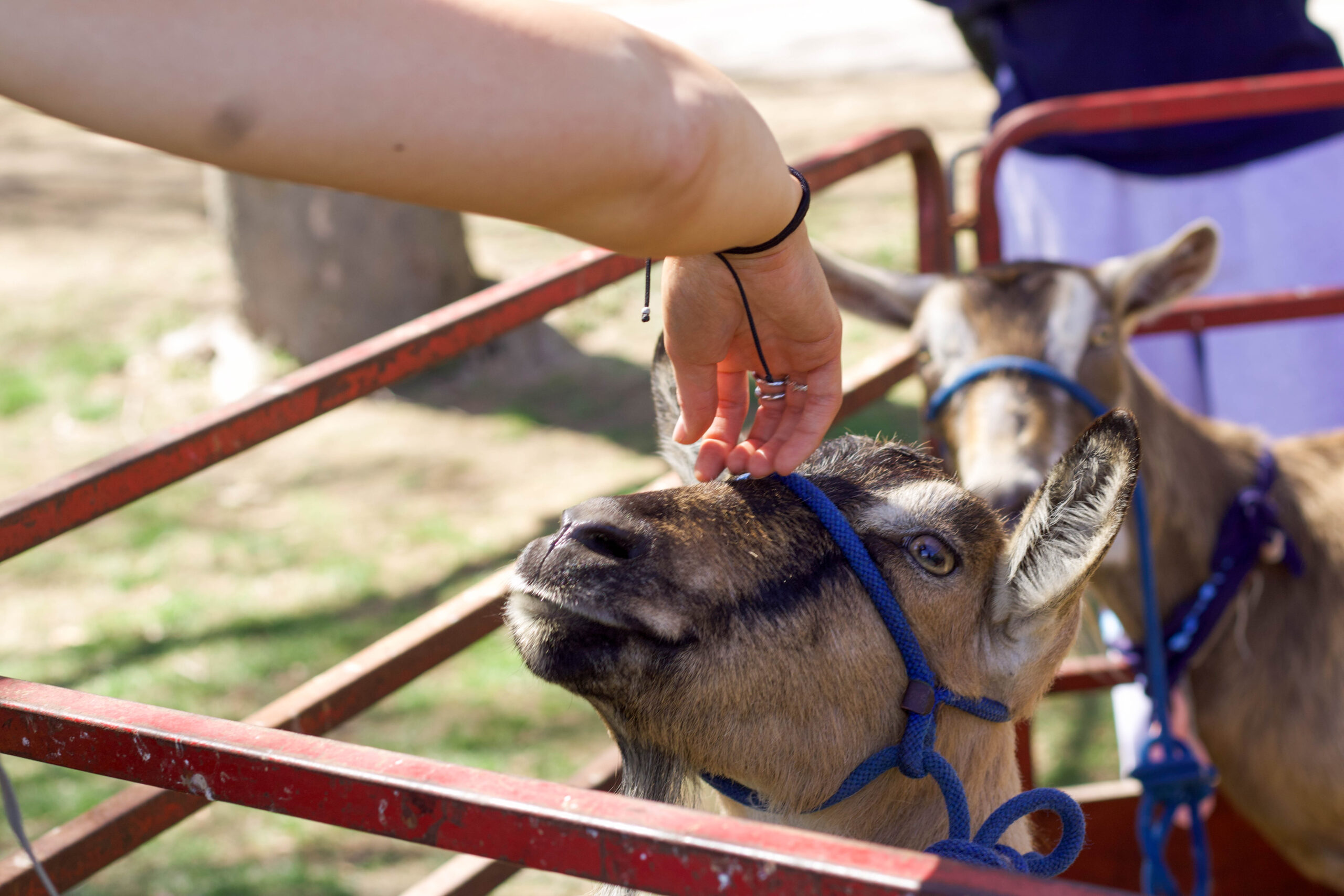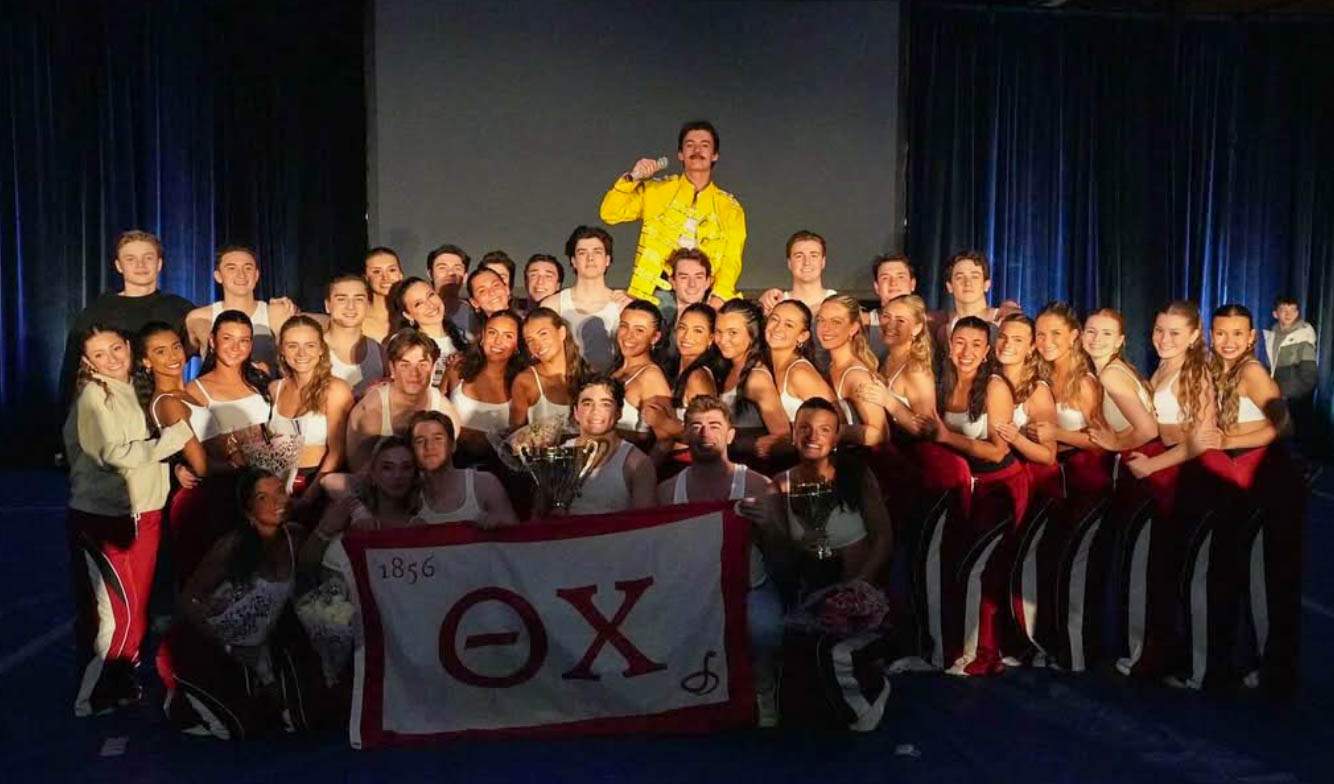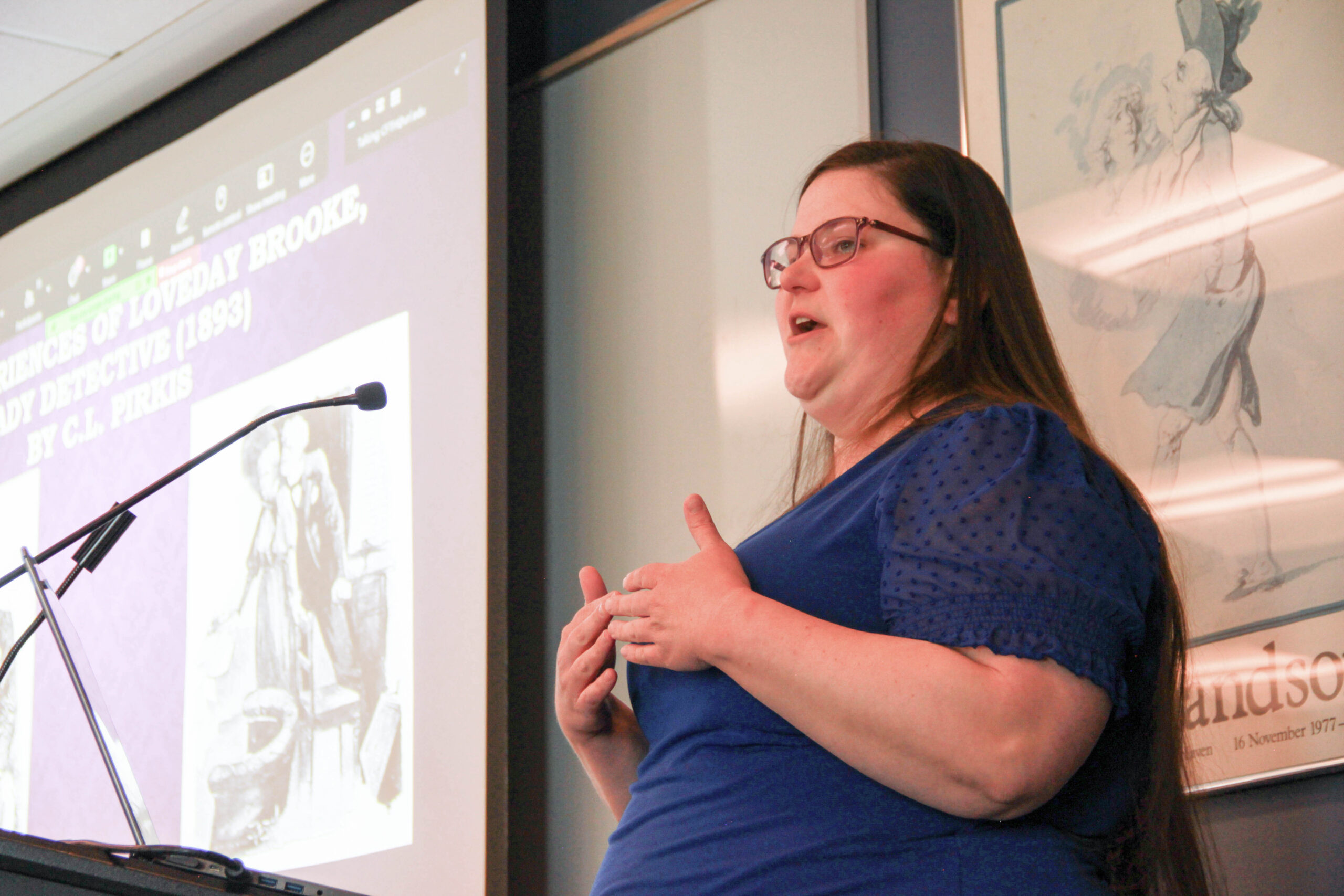Learning about dairy farms on pen and paper is one thing, but seeing cows, meeting farmers and observing the milking process is another, according to Justine Deming, who teaches the University of Rhode Island’s New England Dairy Travel Course.
“[It’s] a completely different perspective when you go and meet the farms and see how they are running things in real life,” Deming said.
There are only four dairy farms remaining in the state, according to Deming. The course is an opportunity for URI students to see one of these farms during J-Term.
“There’s certainly an interest in our animal science population to learn about dairy farming,” Deming said. “So offering this course, I think, is really important to allowing those students who truly do have a curiosity to be able to see how farms really work in real life.”
Each university brings around 10 students on the trip, and together the students and staff from each of the universities travel on a bus to visit and learn about dairy farms in New England, according to Professor of Animal and Veterinary Sciences David Townson. This past J-Term, students toured 16 farms, ranging in size from 30-1300 cows.
“It’s kind of like one giant field trip, and I know students really enjoy going on field trips to be able to hear perspectives of how things are done and hear from people who are actually doing it,” Deming said.
The “experimental” aspect of the course is beneficial for students, according to Deming. By talking to faculty and other students on the trip, URI students gain networking opportunities.
URI students are able to learn more about programs at other universities and how they compare and contrast with URI’s, according to Townson. One such difference is that other universities allow students in these majors to specialize in dairy, which is not an option at URI.
The program also accepts students from the University of Maine, the University of New Hampshire, the University of Vermont, the University of Massachusetts Amherst and the University of Connecticut, according to Townson.
“It works well,” Townson said. “It’s had a good history in terms of being able to be offered each year to students. The farmers, I think, really appreciate knowing that there is student interest out there in this potentially as a career path, so I think there’s a lot of good camaraderie.”
This is Towson’s ninth year involved in the almost 30-year program, with Deming attending the last three years. Each university involved in the program takes a turn planning the trip for students, according to Townson. While the trip usually takes place in New England, it has gone to other locations, including Washington, California, Florida and Prince Edward Island.
“I think the values and the goal of this kind of trip in general has stayed pretty consistent,” Deming said. “I think maybe what components of dairy farming that students are interested in may be a little different year to year, depending on where their interests lie.”
One thing that has changed about the program is that the farms students have visited in recent years are somewhat different than how they may have been 20 years ago, according to Townson. Farms are much more mechanized than when the program began, and those that have survived have become larger to meet economic demands.
This J-Term course also aims to incorporate other job opportunities, such as nutrition and breeding, into the course, according to Deming.





